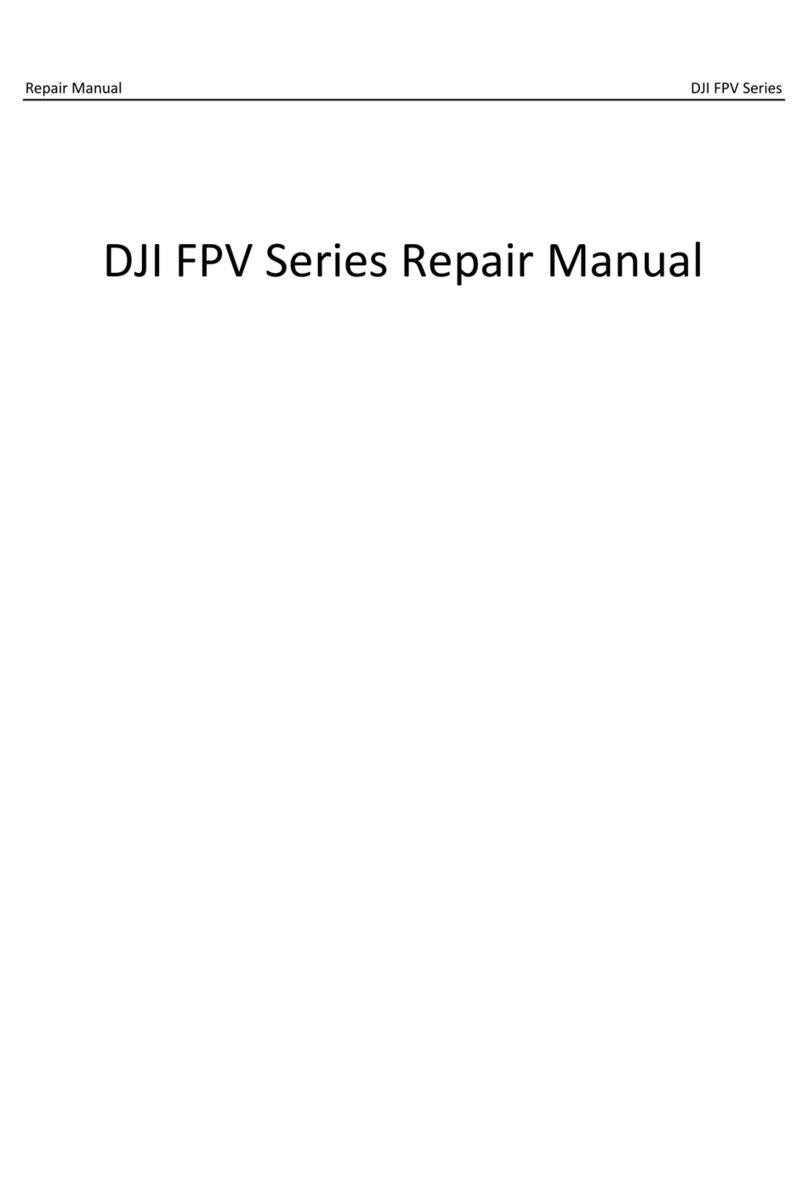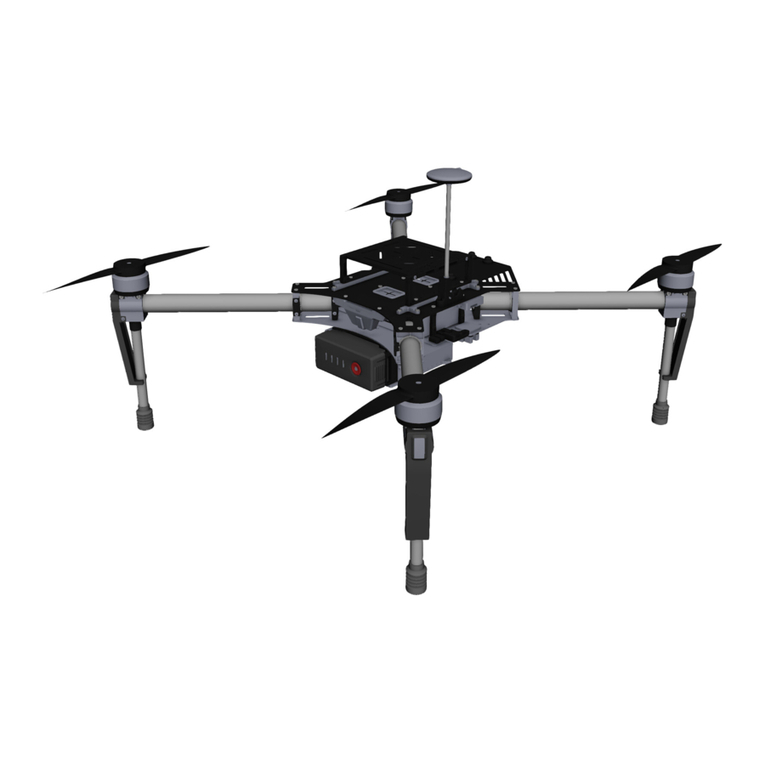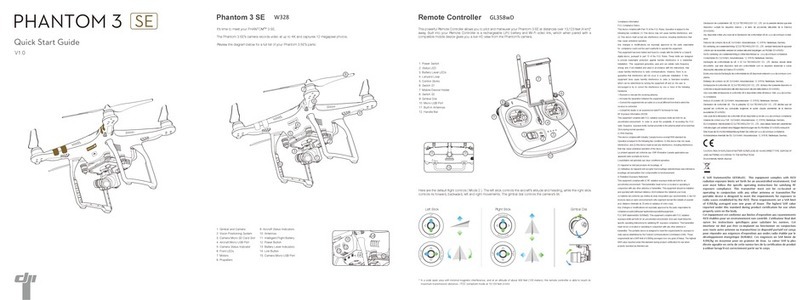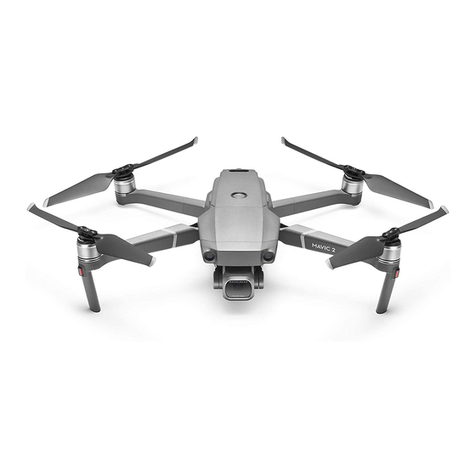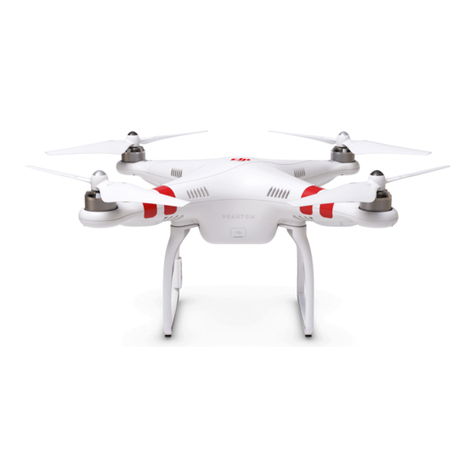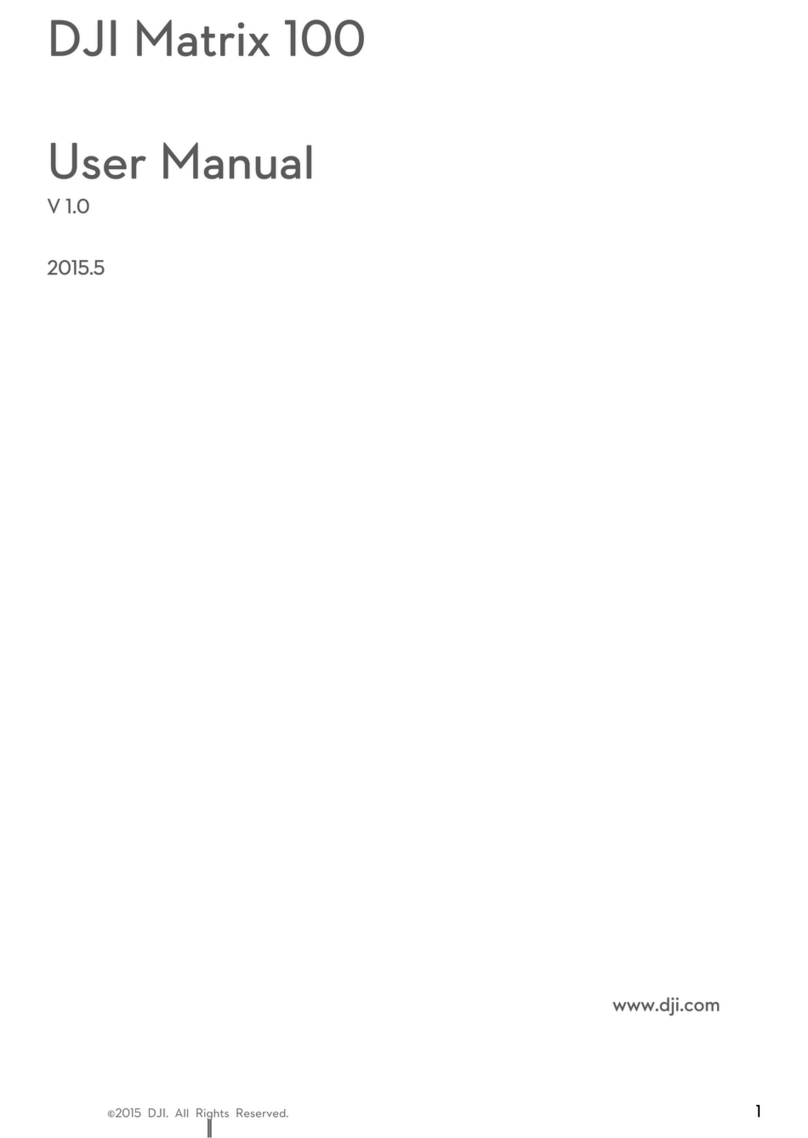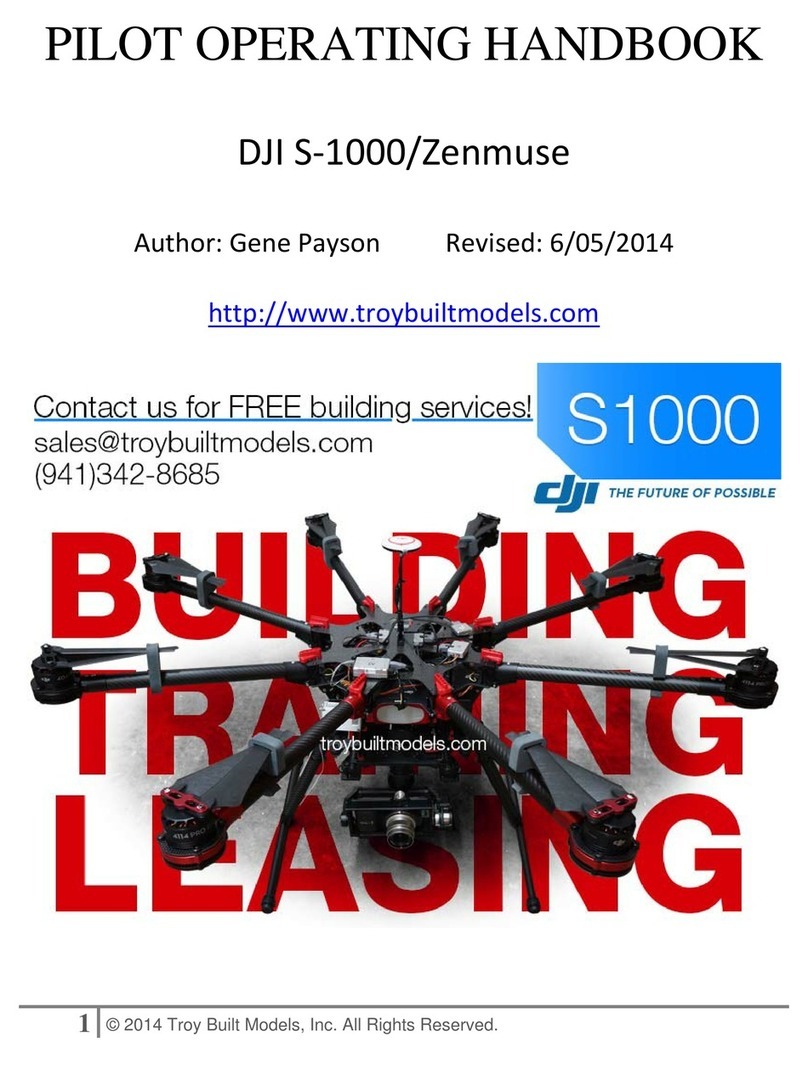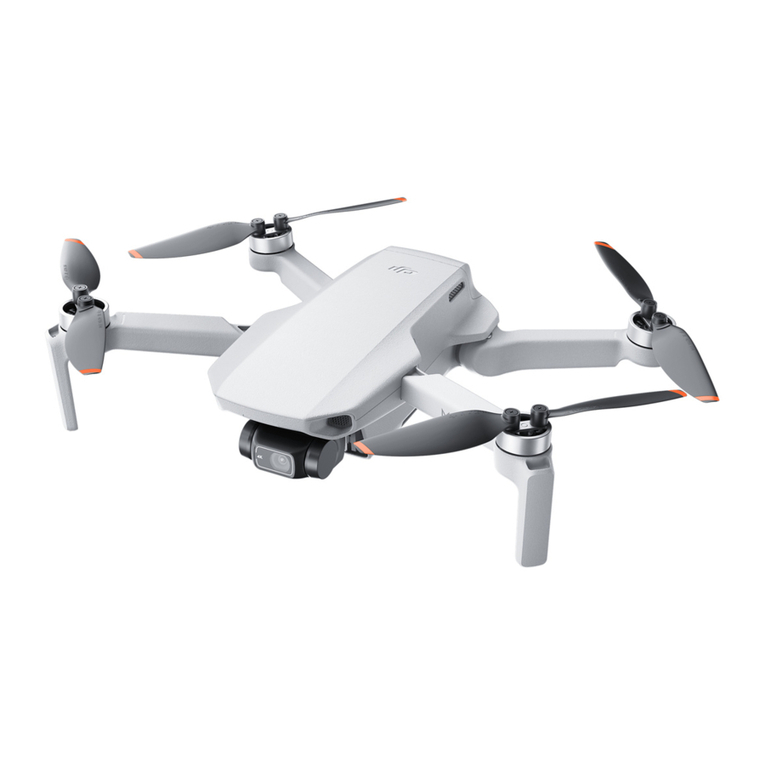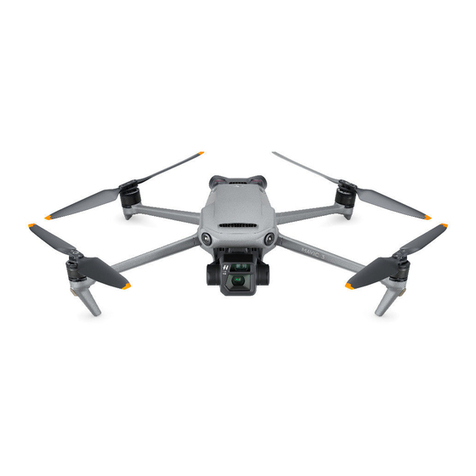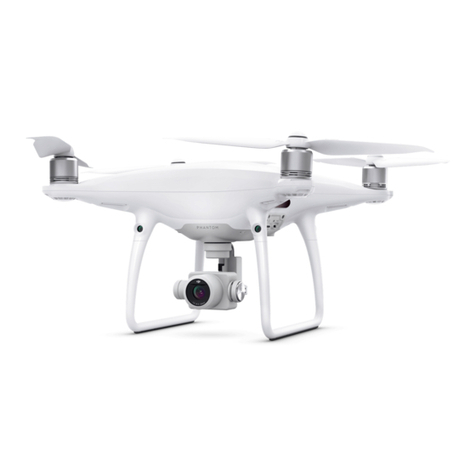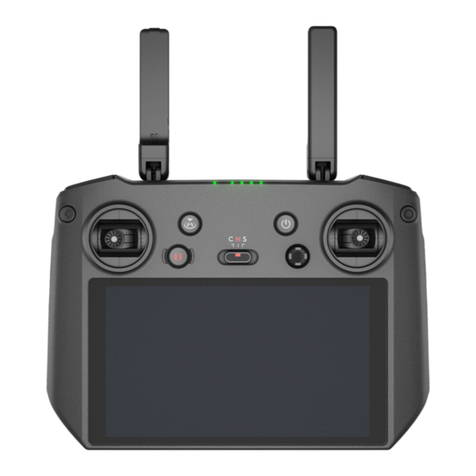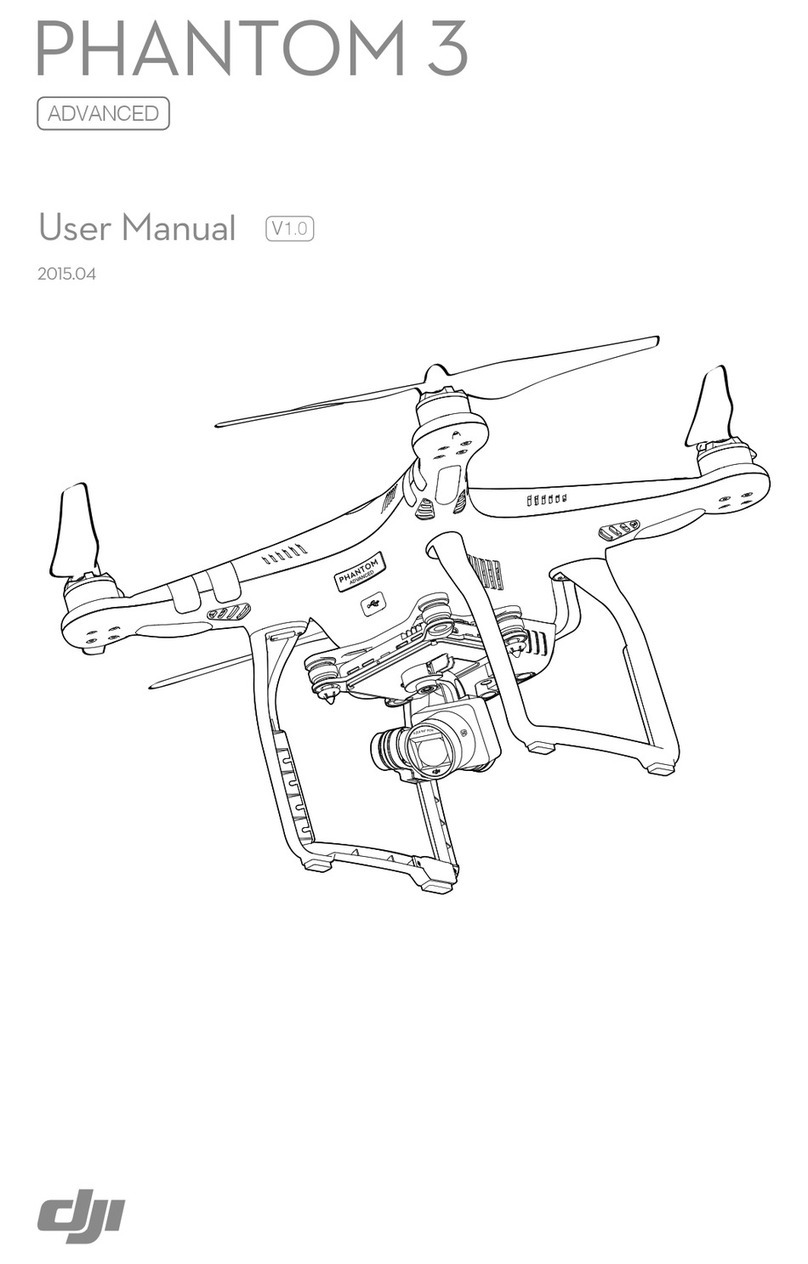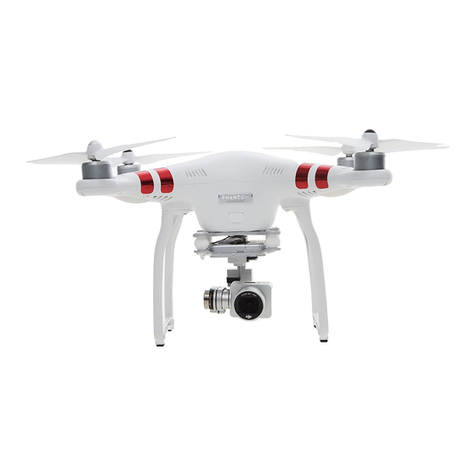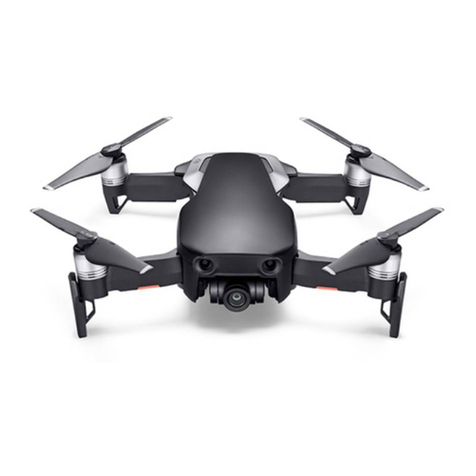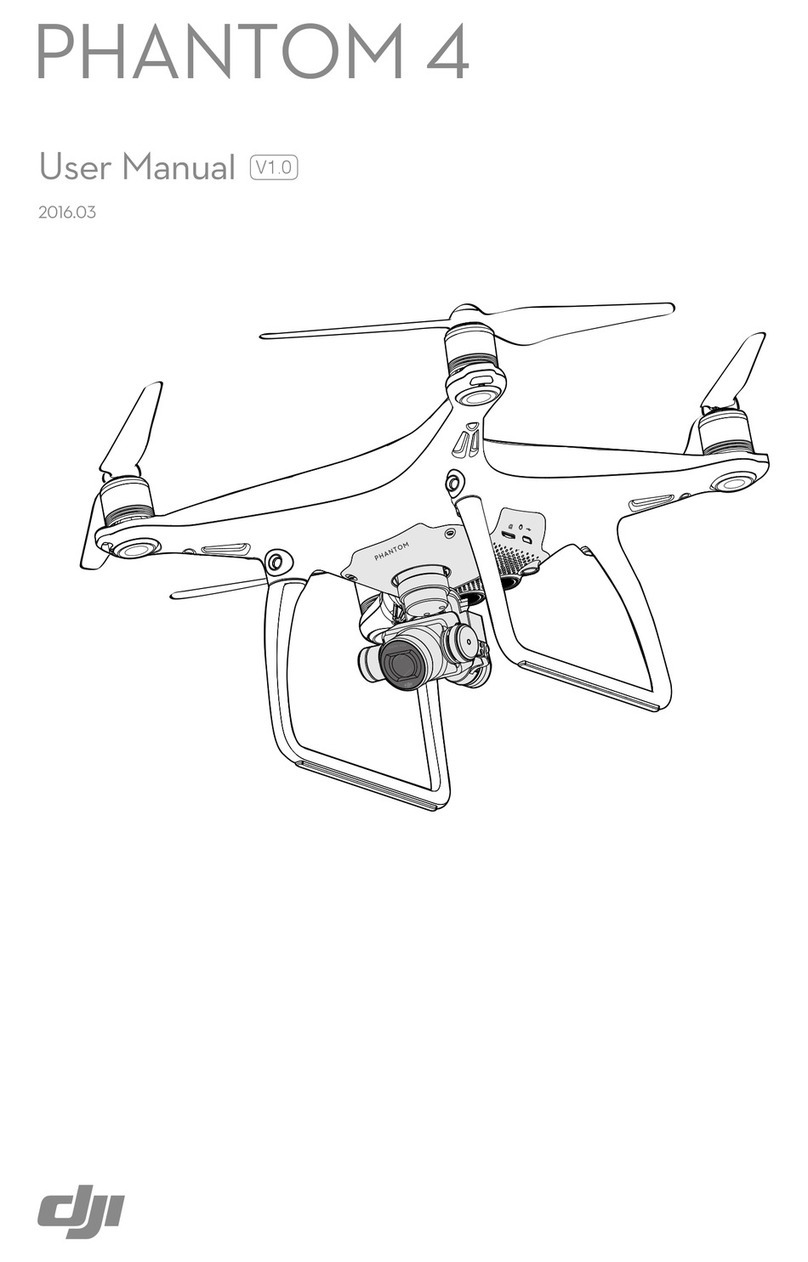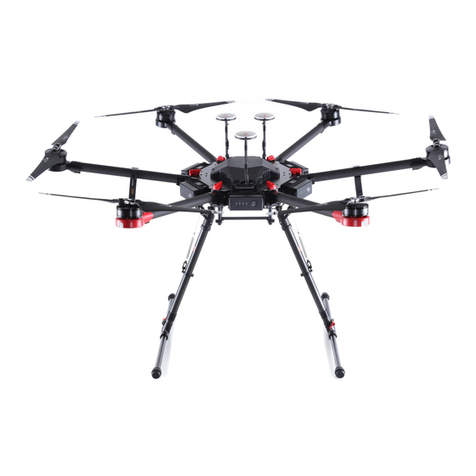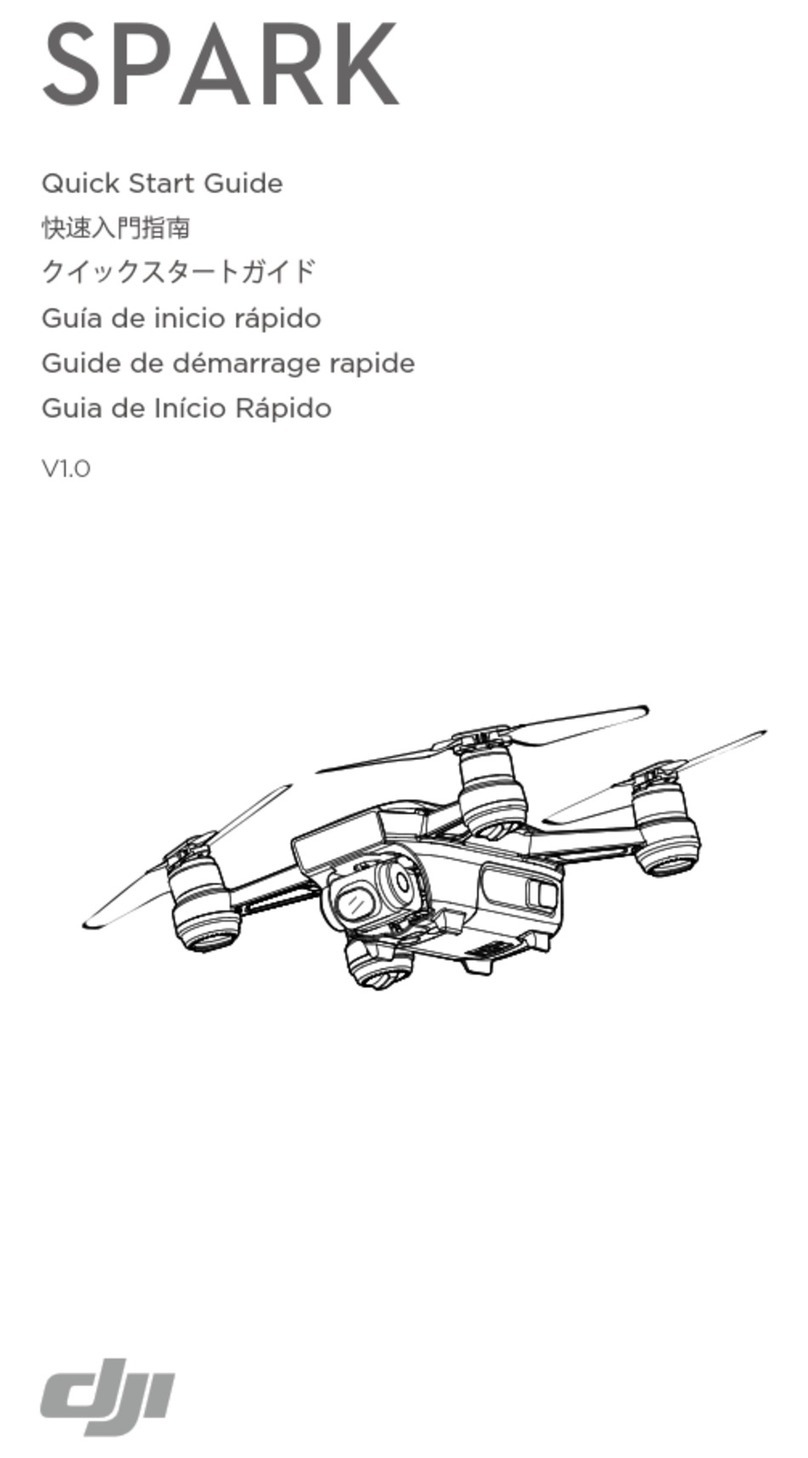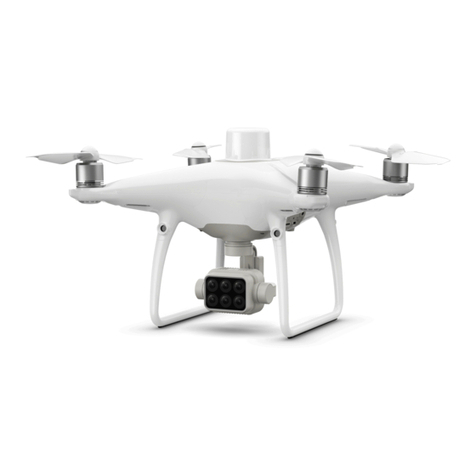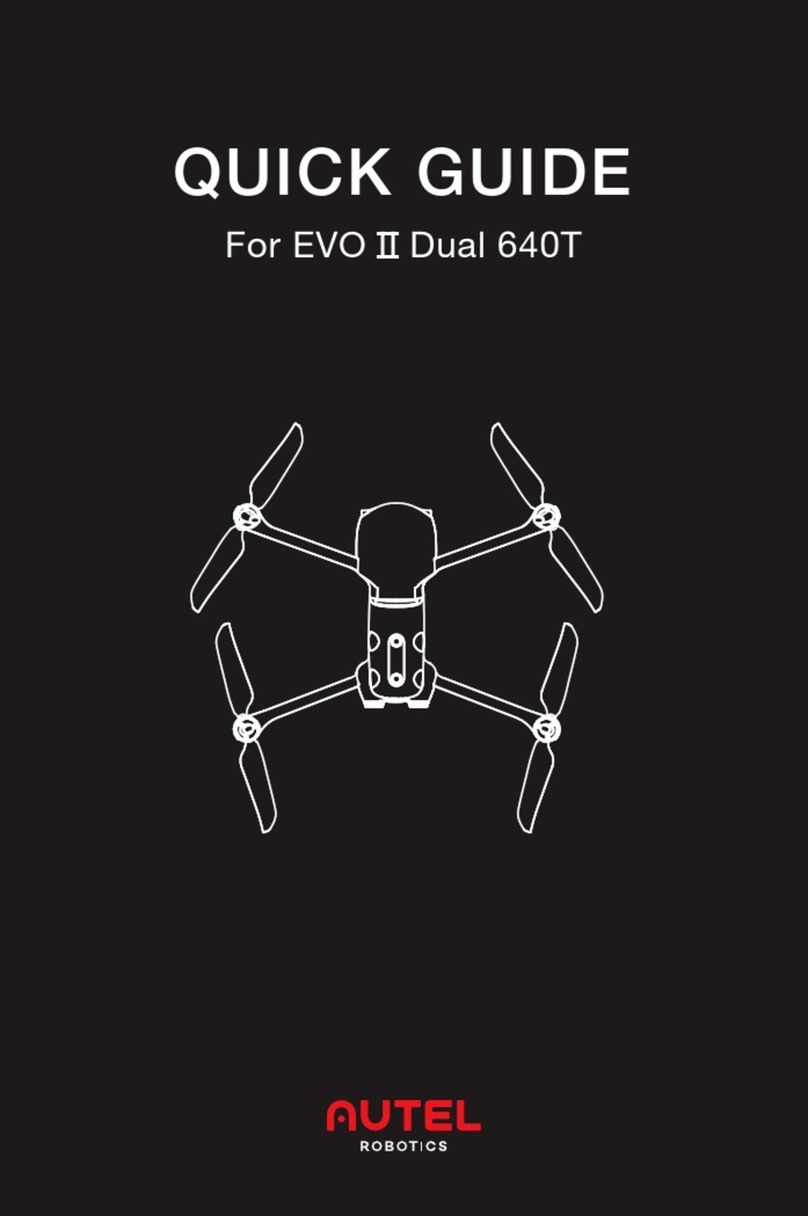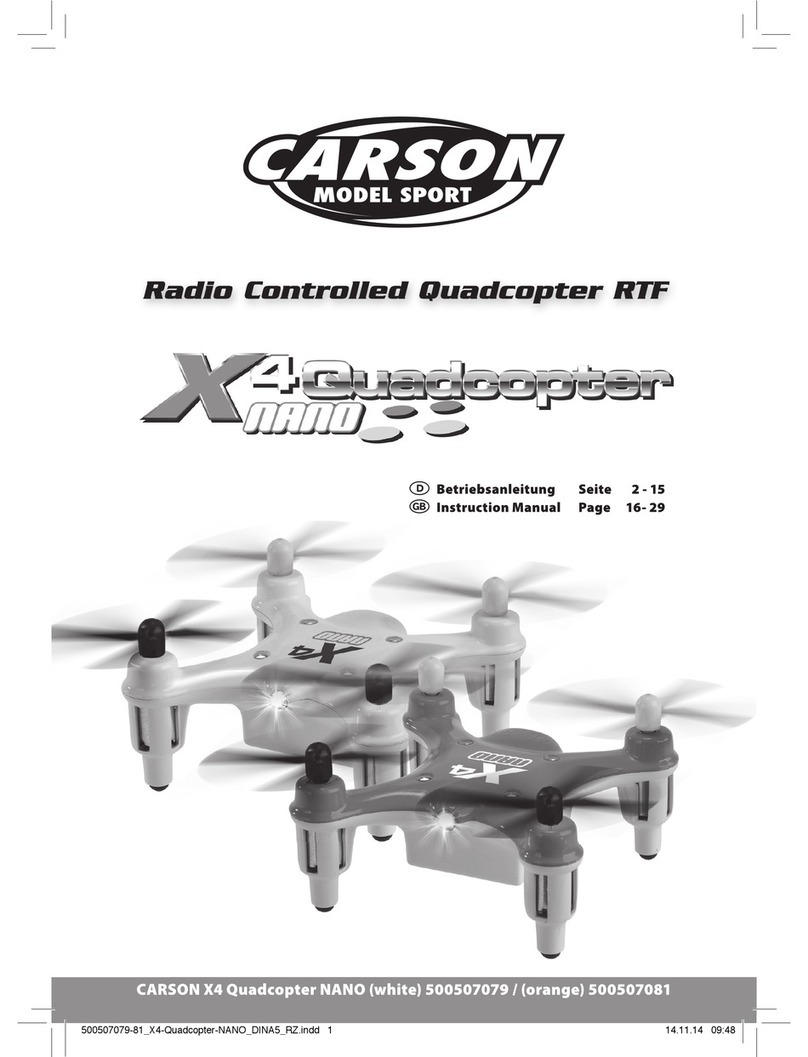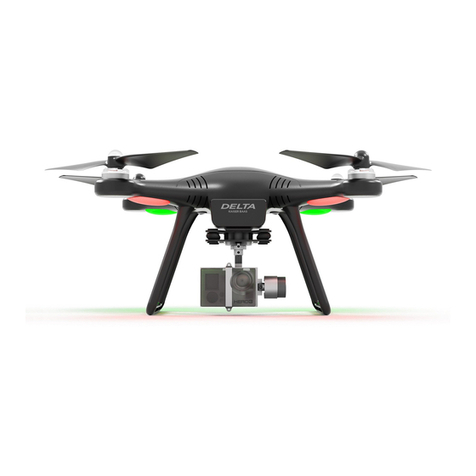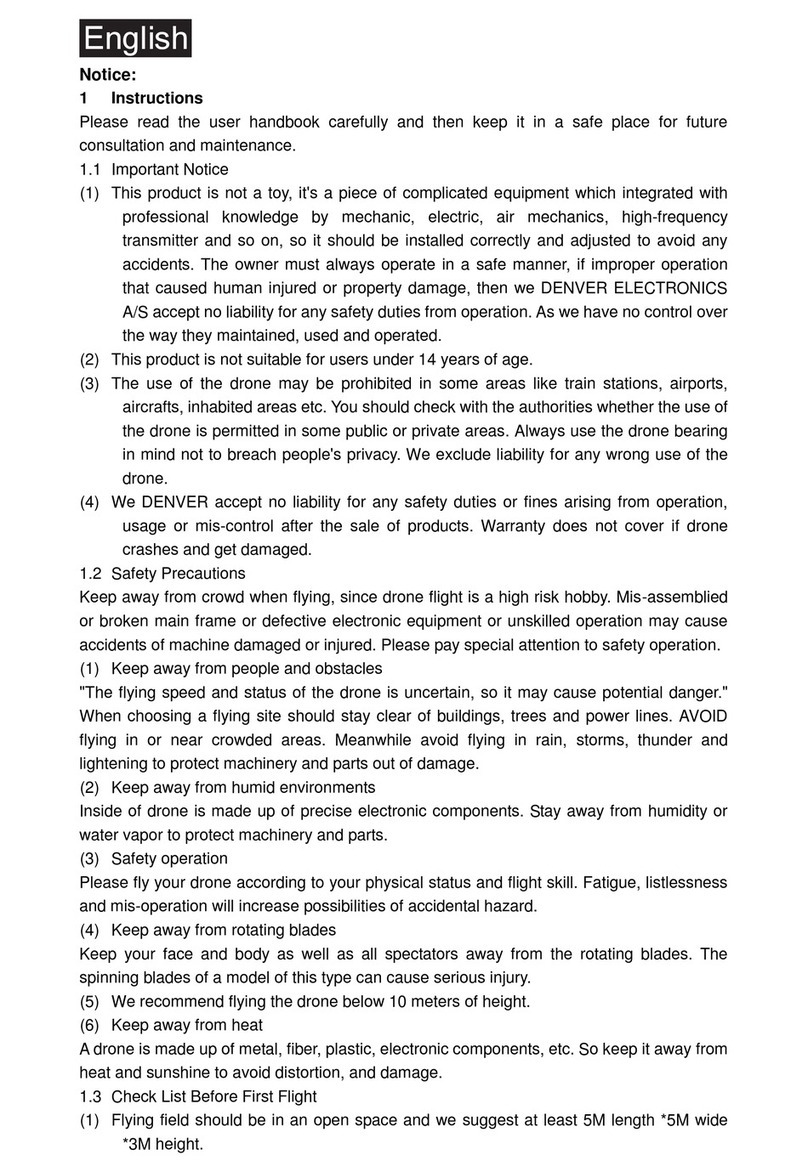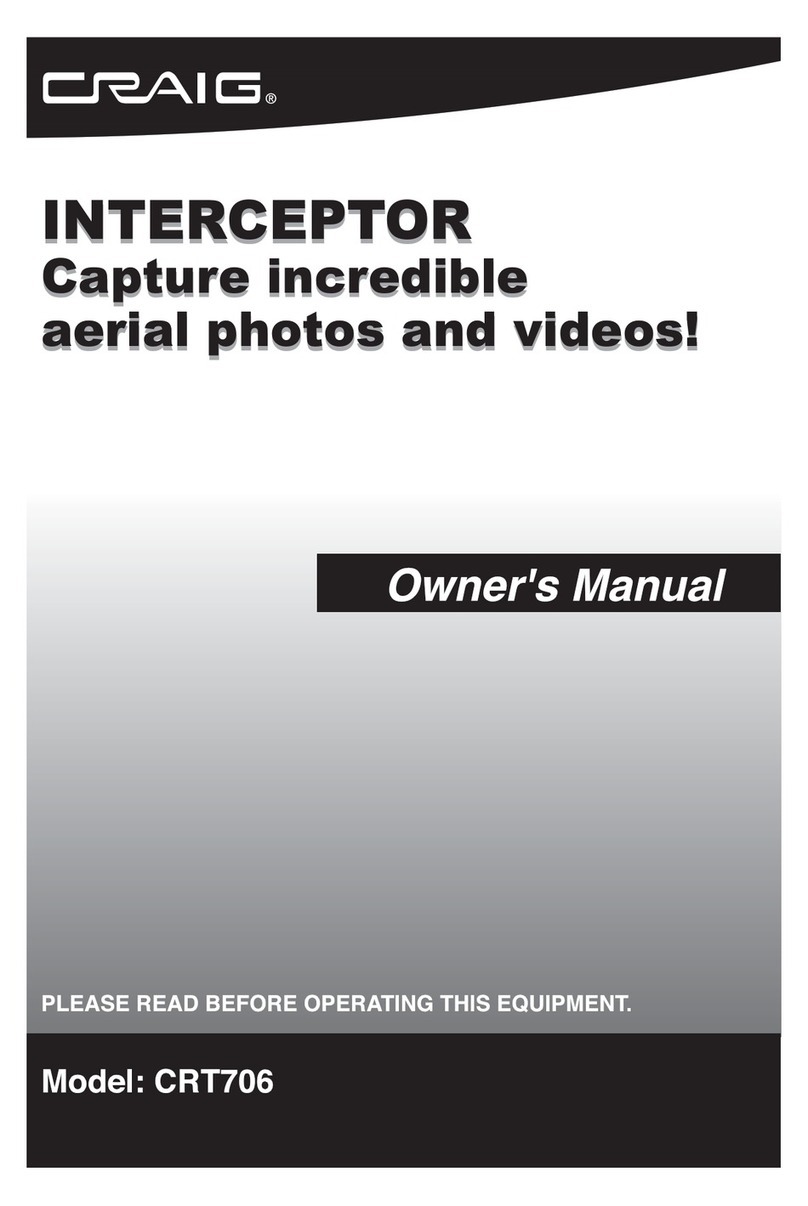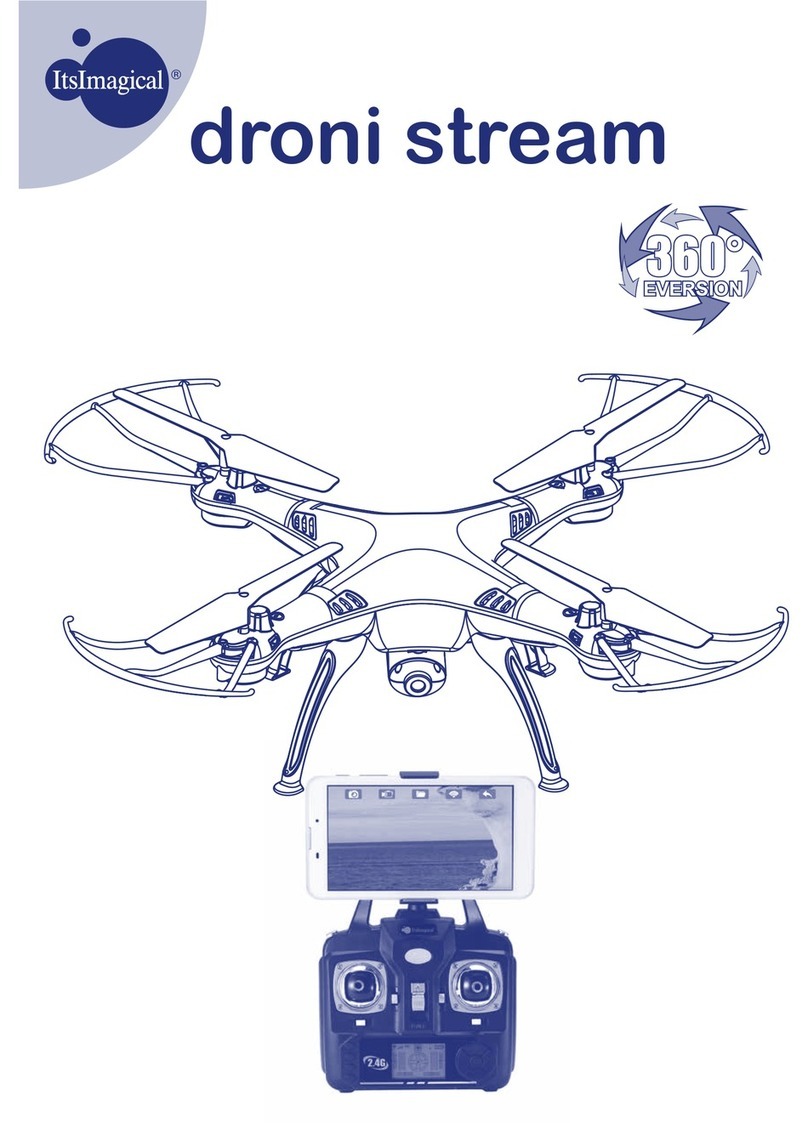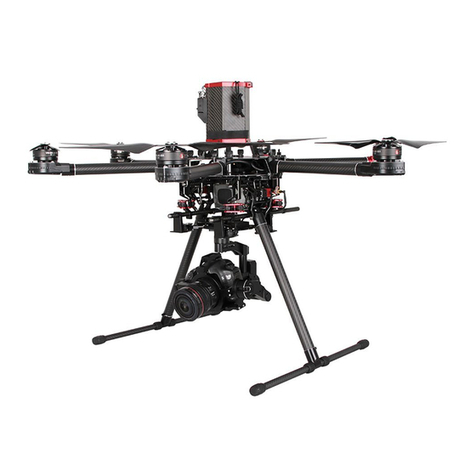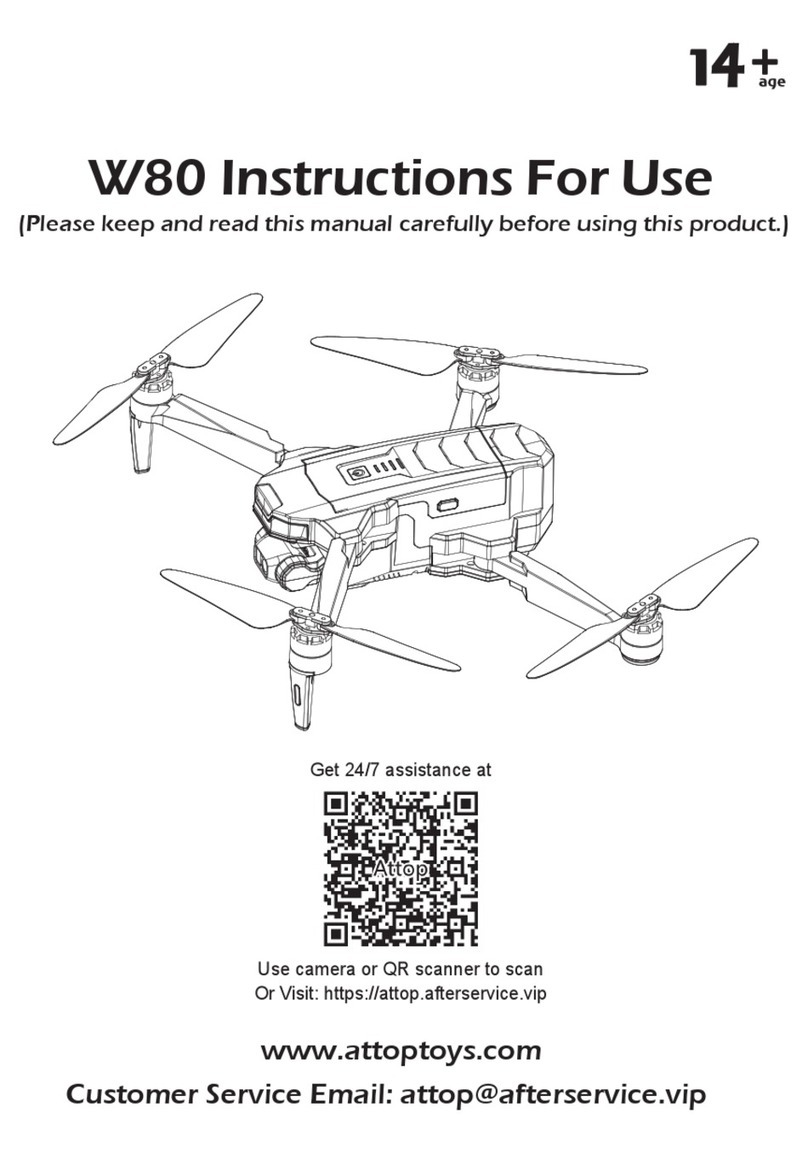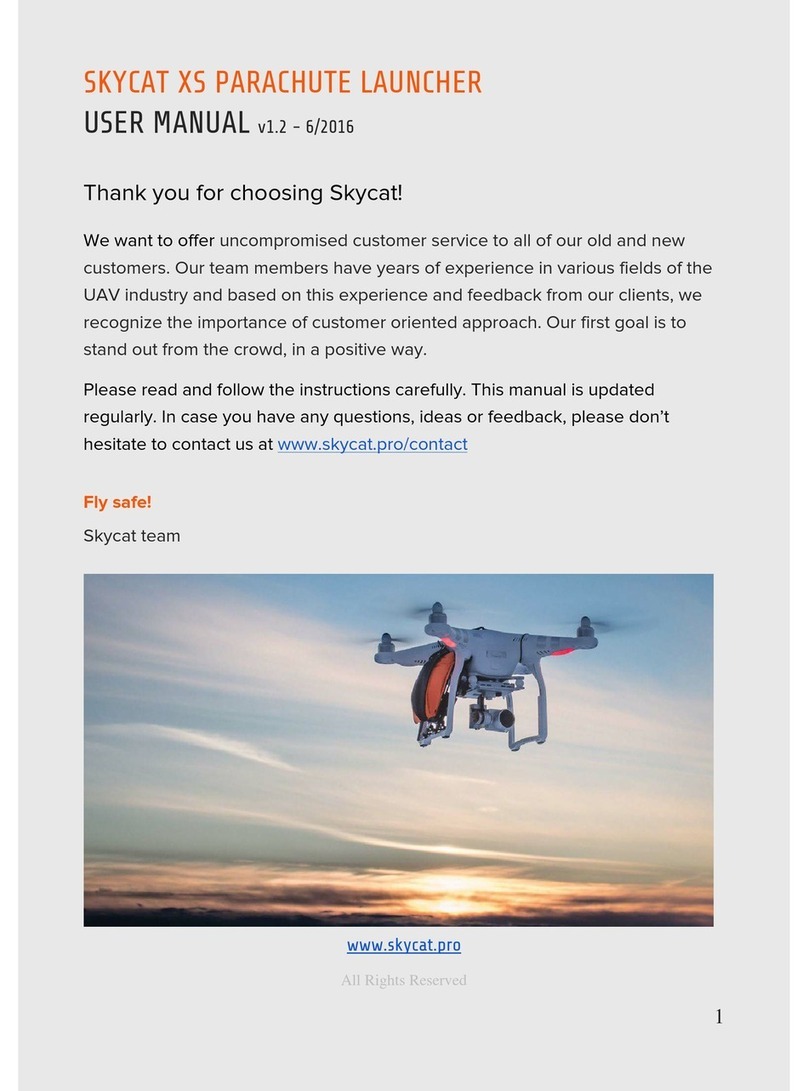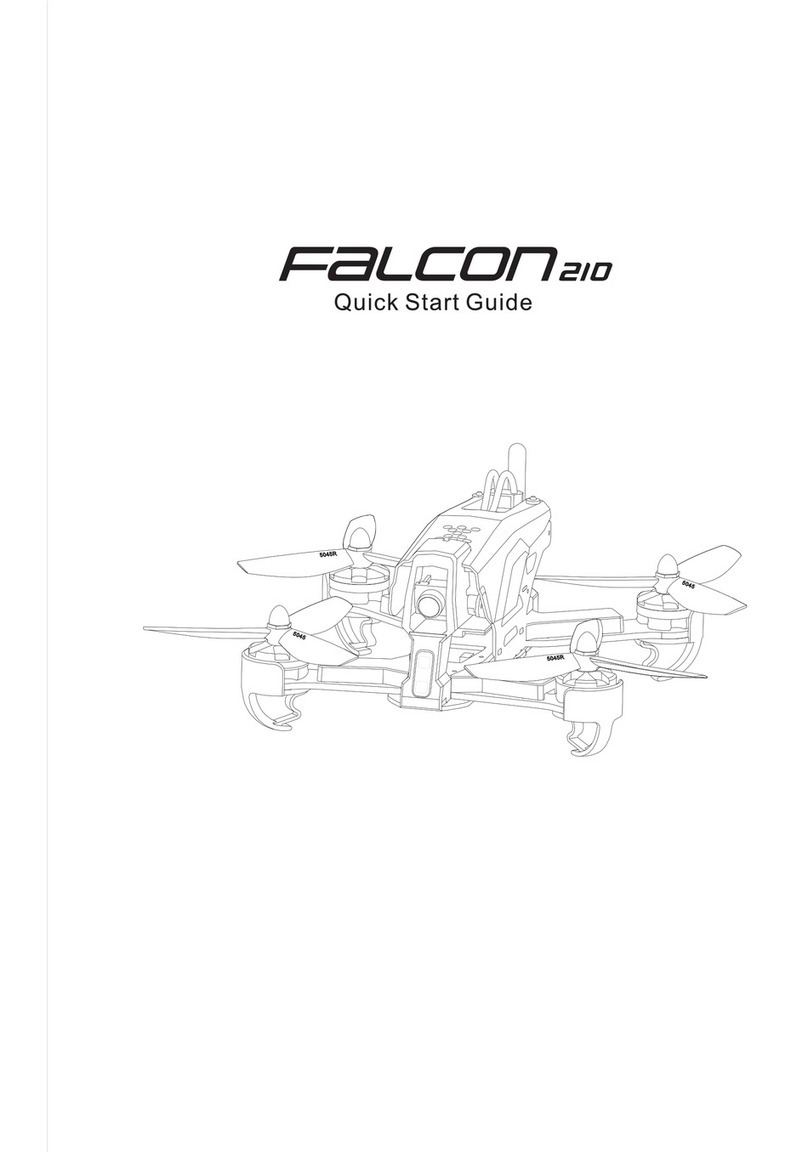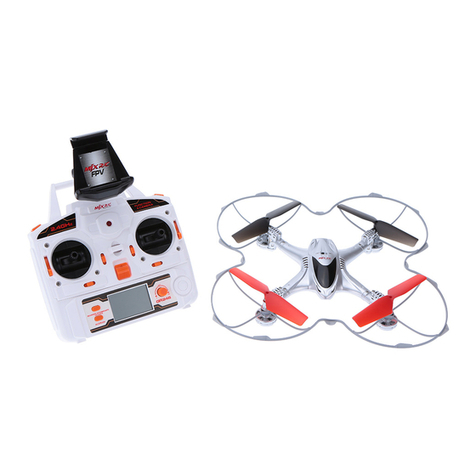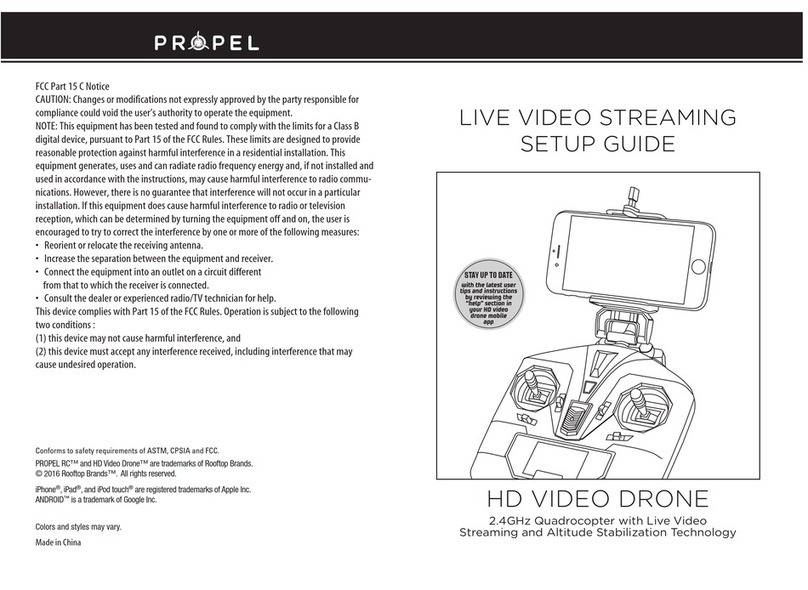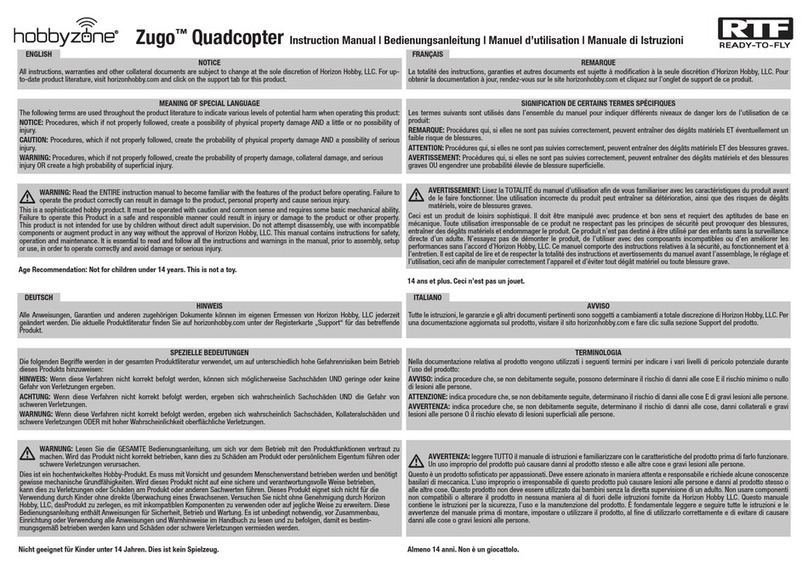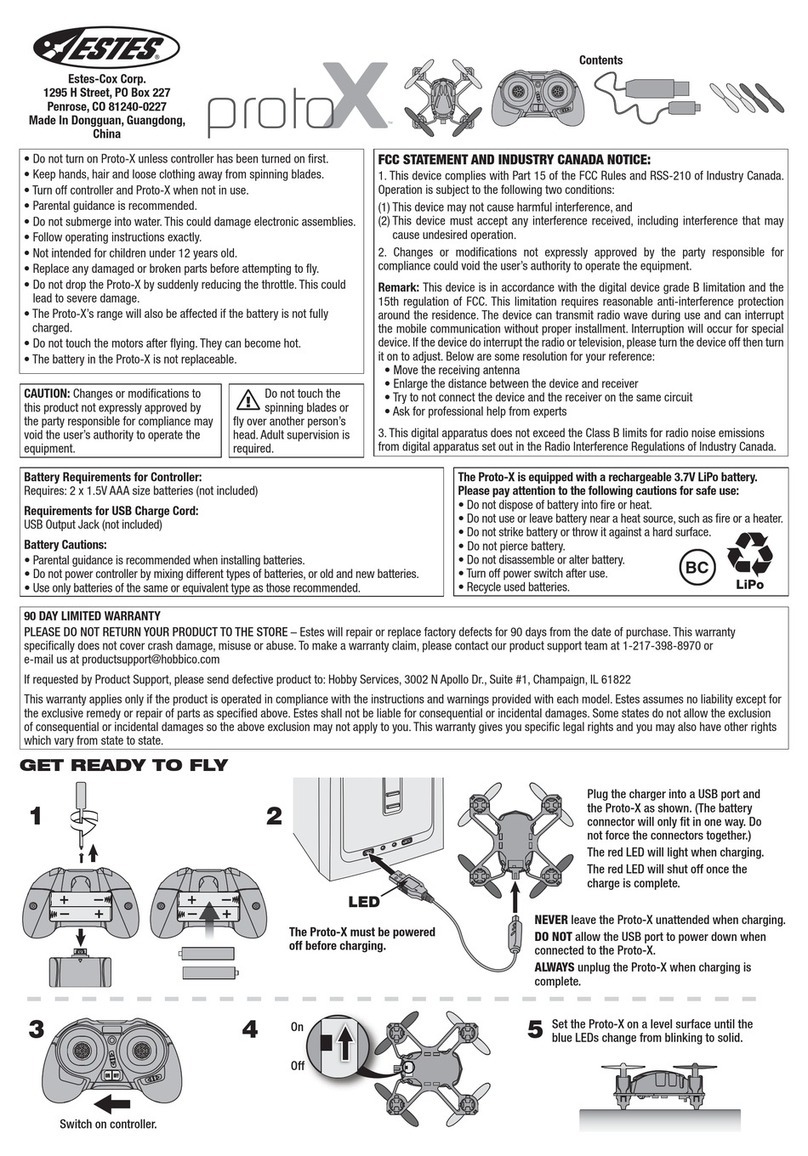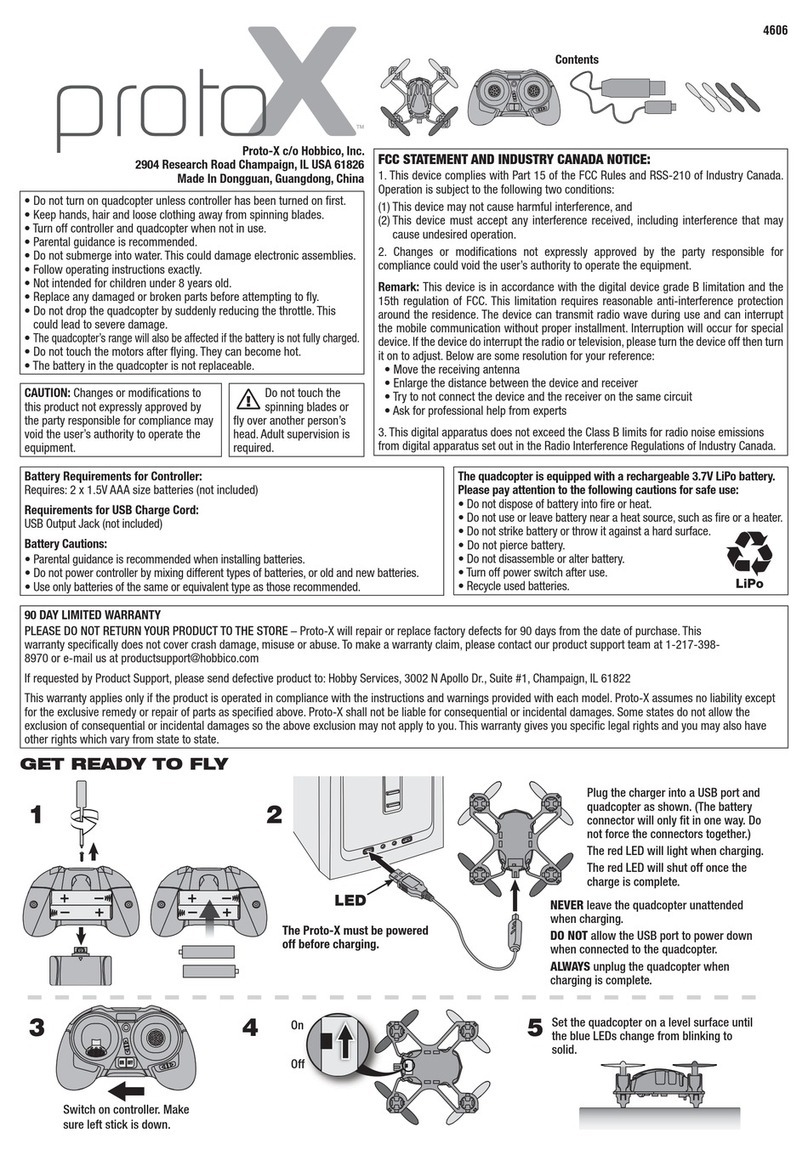
©2018 DJI All Rights Reserved.
5
Disclaimer and Warning
This product is NOT a toy and is not suitable for children under the age of 18. Adults should keep the aircraft out of the
reach of children and exercise caution when operating this aircraft in the presence of children.
While the product adopts advanced technology, inappropriate use of the Product could result in personal injury or property
damages. Please read the materials associated with the product before your rst use of the product. These documents are
included in the product package and are also available online on the DJI product page at http://www.dji.com.
This product is a ying camera that offers easy ight when in good working order as set forth below. Visit http://www.
dji.com for the most current instructions and warnings and http://knowbeforeyouy.org/ for more information about ight
safety and compliance.
The information in this document affects your safety and your legal rights and responsibilities. Read this entire document
carefully to ensure proper conguration before use. Failure to read and follow the instructions and warnings in this
document may result in product loss, serious injury to you, or damage to your aircraft.
By using this product, you hereby signify that you have read this disclaimer carefully and that you understand and agree
to abide by the terms and conditions herein. EXCEPT AS EXPRESSLY PROVIDED IN DJI LIMITED WARRANTY (POLICY
AVAILABLE AT (HTTP://WWW.DJI.COM/SERVICE), THE PRODUCT AND ALL MATERIALS, AND CONTENT AVAILABLE
THROUGH THE PRODUCT ARE PROVIDED “AS IS” AND ON AN “AS AVAILABLE” BASIS, WITHOUT WARRANTY
OR CONDITION OF ANY KIND, EITHER EXPRESS OR IMPLIED. DJI DISCLAIMS ALL WARRANTIES OF ANY KIND,
EXCEPT AS EXPRESSLY PROVIDED IN DJI LIMITED WARRANTY, WHETHER EXPRESS OR IMPLIED, RELATING TO
THE PRODUCT, PRODUCT ACCESSORIES, AND ALL MATERIALS, INCLUDING: (A) ANY IMPLIED WARRANTY OF
MERCHANTABILITY, FITNESS FOR A PARTICULAR PURPOSE, TITLE, QUIET ENJOYMENT, OR NON-INFRINGEMENT;
AND (B) ANY WARRANTY ARISING OUT OF COURSE OF DEALING, USAGE, OR TRADE. DJI DOES NOT WARRANT,
EXCEPT AS EXPRESSLY PROVIDED IN DJI LIMITED WARRANTY, THAT THE PRODUCT, PRODUCT ACCESSORIES,
OR ANY PORTION OF THE PRODUCT, OR ANY MATERIALS, WILL BE UNINTERRUPTED, SECURE, OR FREE OF
ERRORS, VIRUSES, OR OTHER HARMFUL COMPONENTS, AND DO NOT WARRANT THAT ANY OF THOSE ISSUES
WILL BE CORRECTED.
NO ADVICE OR INFORMATION, WHETHER ORAL OR WRITTEN, OBTAINED BY YOU FROM THE PRODUCT,
PRODUCT ACCESSORIES, OR ANY MATERIALS WILL CREATE ANY WARRANTY REGARDING DJI OR THE PRODUCT
THAT IS NOT EXPRESSLY STATED IN THESE TERMS. YOU ASSUME ALL RISK FOR ANY DAMAGE THAT MAY
RESULT FROM YOUR USE OF OR ACCESS TO THE PRODUCT, PRODUCT ACCESSORIES, AND ANY MATERIALS.
YOU UNDERSTAND AND AGREE THAT YOU USE THE PRODUCT AT YOUR OWN DISCRETION AND RISK, AND THAT
YOU ARE SOLELY RESPONSIBLE FOR ANY PERSONAL INJURY, DEATH, DAMAGE TO YOUR PROPERTY (INCLUDING
YOUR COMPUTER SYSTEM OR MOBILE DEVICE OR DJI HARDWARE USED IN CONNECTION WITH THE PRODUCT)
OR THIRD PARTY PROPERTY, OR THE LOSS OF DATA THAT RESULTS FROM YOUR USE OF OR INABILITY TO USE
THE PRODUCT.
SOME JURISDICTIONS MAY PROHIBIT A DISCLAIMER OF WARRANTIES AND YOU MAY HAVE OTHER RIGHTS
THAT VARY FROM JURISDICTION TO JURISDICTION.
DJI accepts no liability for damage, injury or any legal responsibility incurred directly or indirectly from the use of this
product. The user shall observe safe and lawful practices including, but not limited to, those set forth in these Safety
Guidelines.
Data Storage and Usage
When you use our mobile apps or our products or other software, you may provide DJI with data regarding the use
and operation of the product, such as ight telemetry data (e.g., speed, altitude, battery life, and information about the
gimbal and camera) and operations record. Please refer to DJI Privacy Policy (available at dji.com/policy) for more
information.
DJI reserves the right to update this disclaimer and the safety guidelines. Please visit www.dji.com and check your email periodically for the
latest version. This disclaimer is made in various language versions; in the event of divergence among different versions, the English version
shall prevail.
